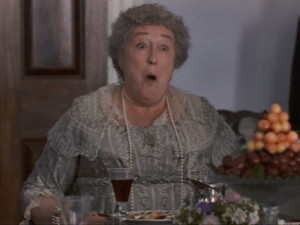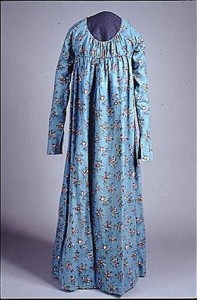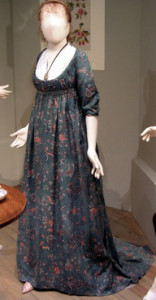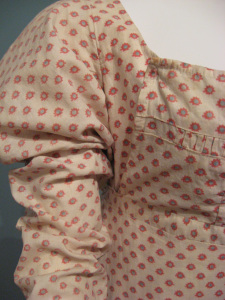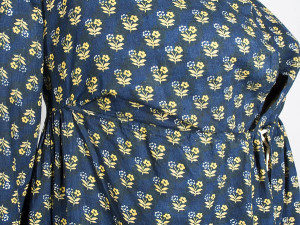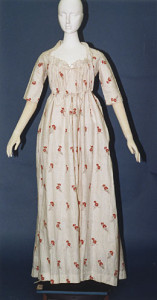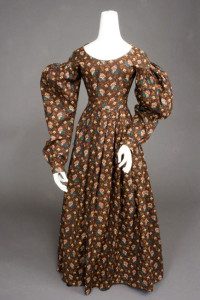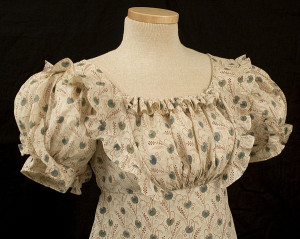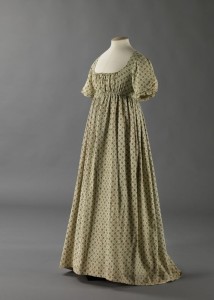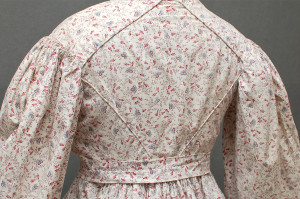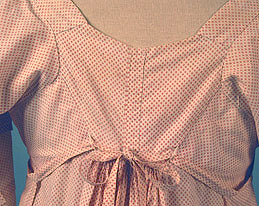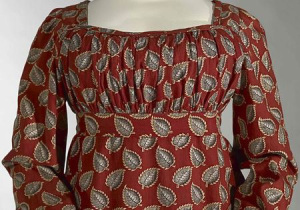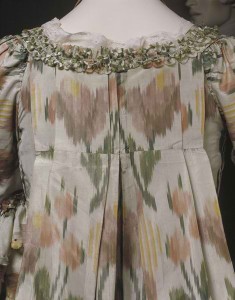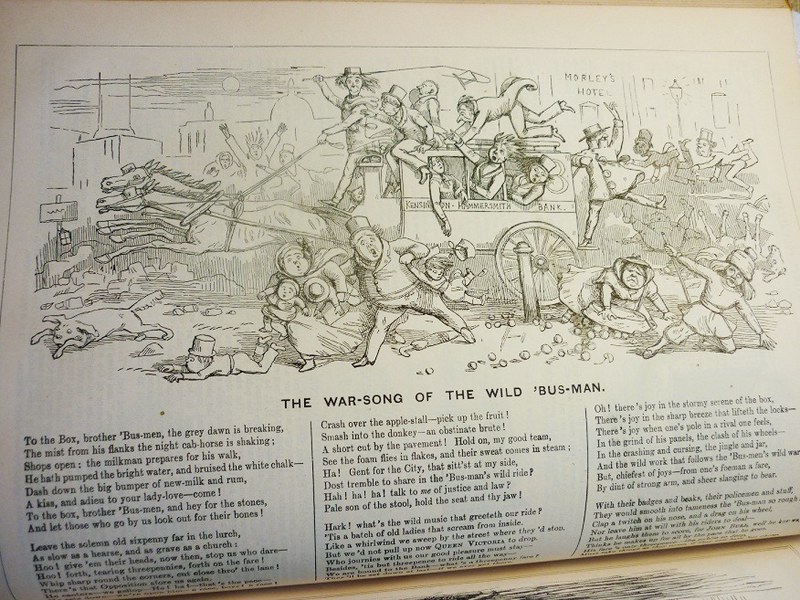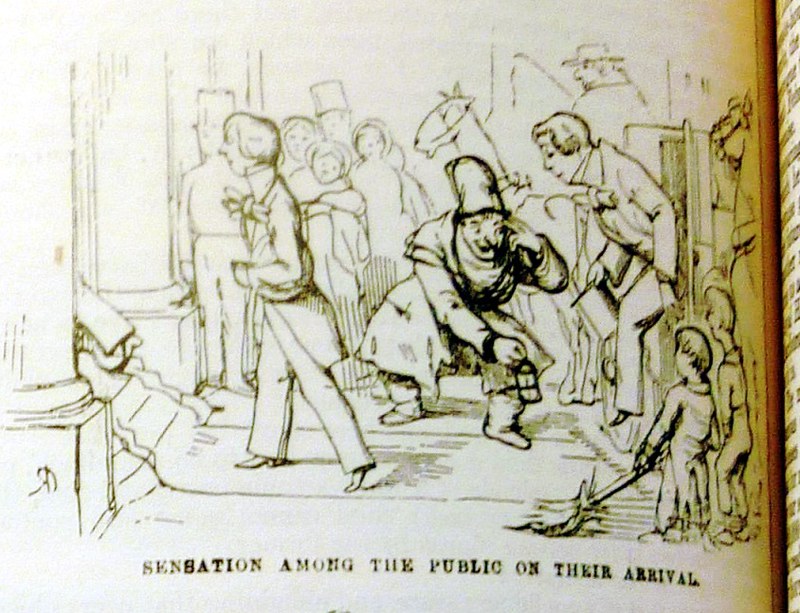I was crazy about horses growing up, a passion I never really got the chance to put into practice. I’ve ridden a few times at friends’ houses, and on vacation two summers ago my daughter and I went on an hour-long trail ride, but that’s it.
But one of my favorite parts of writing historical romance is getting to be that horse-crazy child again. For my Regency heroes and heroines, horses provide basic transportation. And most of the time, my love for horses finds its way into my characters to one degree or another. James in A Marriage of Inconvenience breeds Arabians. Will and Anna in The Sergeant’s Lady both get a chance to ride a beautiful Spanish mare named Dulcinea.
My current WIP is set in America in 1815, so I did a little research into whether familiar American breeds of today like the Quarter Horse, the American Saddlebred, the Tennessee Walker, and the Morgan existed yet. And for the most part the answer was yes, although they weren’t yet firmly codified with breed standards and closed stud books.
Henry, my hero, is an accomplished horseman, fit and athletic. Over the course of my plot, he needs a horse that’s steady and enduring for a long journey, but also fleet-footed and nimble when needed for an action scene. So I decided to put him on a new American horse bred from a mixture of Spanish Barbs and English stock, including Thoroughbreds–a practical, sturdy horse good for everyday riding, but also speedy over short distances. In other words, a Quarter Horse, or as they were known at that early date, a Quarter Running Horse. (The name comes from the short quarter-mile races these horses excelled at.)
The modern Quarter Horse runs the gamut from a beefy, muscle-bound creature shown for looks in halter classes to slender racehorses who greatly resemble Thoroughbreds. I’m picturing Henry’s horse as something like this barrel racer–wiry, compact, and nimble.

My heroine Therese, on the other hand, had neither the necessity nor the opportunity to learn to ride before she has to when called upon to escape cross-country for the “road romance” portion of my plot. So she needs a horse that’s above all else gentle, good-natured, and smooth-gaited. Fortunately for her, there was a horse around in the early 19th century known simply as the “American Horse” noted for its smooth “ambling” gaits. Its modern descendants include the Tennessee Walking Horse, the American Saddlebred, and the Missouri Fox Trotter, so I imagine Therese’s horse as looking a bit like this Fox Trotter:
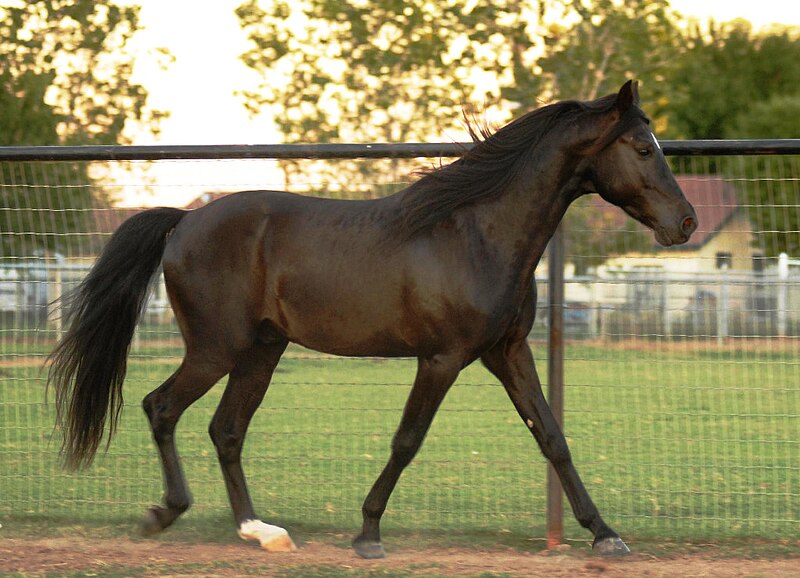
Are you a horse lover? If you found yourself living in the Regency era, what kind of horse would you ride? Or would you stick to carriages and leave the driving to your trusty coachman?

